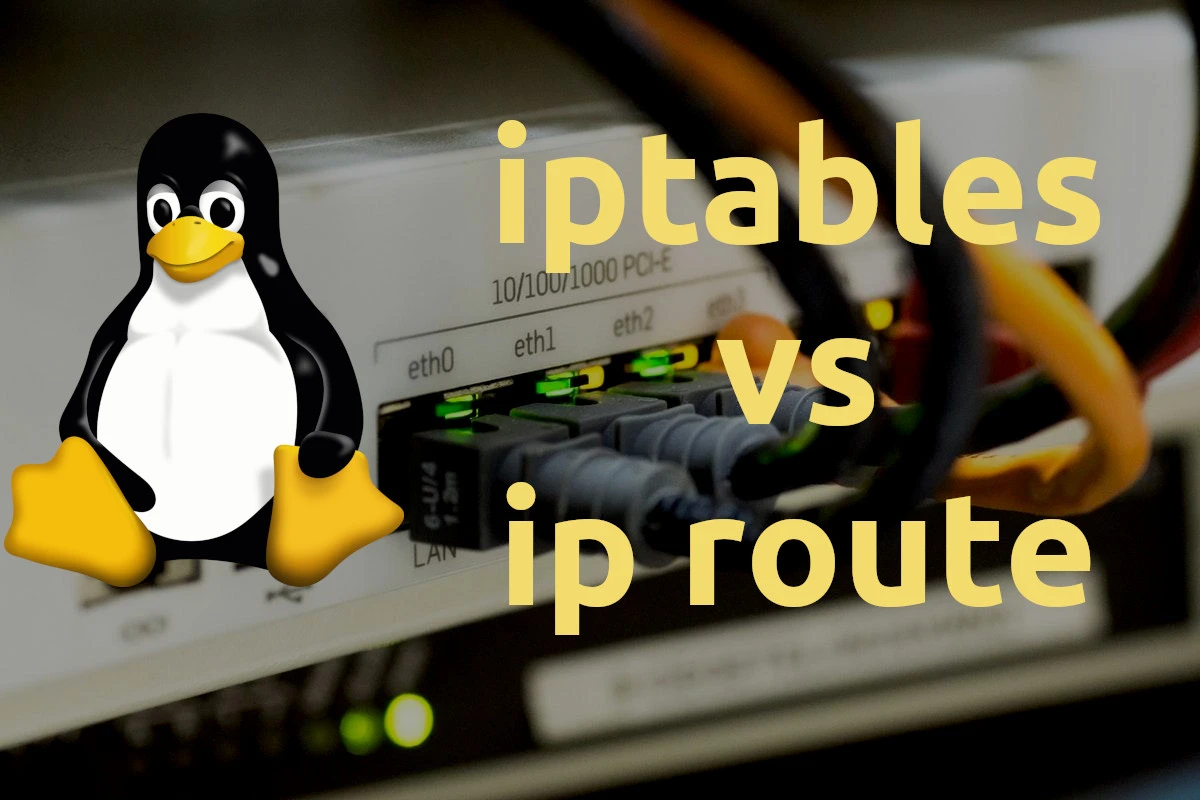When it comes to securing your Linux system and network, blocking unwanted IP addresses is an essential part of the defense strategy. Linux provides multiple methods to achieve IP blocking, and two commonly used approaches are ip route and iptables. Each method has its advantages and use cases, so let's explore the differences between them to help you make an informed decision.
ip route add blackhole {ip}
The ip route command is part of the Linux kernel's routing subsystem and is primarily used to manage the kernel's IP routing table. One interesting feature is the ability to create blackhole routes. A blackhole route is a special type of route that discards traffic to a specified destination, effectively dropping it without any response back to the source.
Use Cases
The ip route add blackhole command is most suitable for blocking entire subnets or large IP address ranges. Its simplicity and efficiency make it an excellent choice for network-level blocks. It's worth noting that using blackhole routes can be less resource-intensive since the blocked traffic is dropped early in the network stack.
Example Usage
To block a specific subnet, you can use the following command:
ip route add blackhole 192.168.1.0/24
iptables -A INPUT -s {ip} -j DROP
iptables is a powerful user-space firewall utility in Linux that allows administrators to set up rules and policies for packet filtering and network address translation. By adding rules to the appropriate chains, you can control the flow of network traffic in and out of your system.
Use Cases
Blocking individual IP addresses or a small number of specific addresses is where iptables shines. Its flexibility and granularity make it a great choice for implementing complex firewall rules and filtering traffic based on various criteria.
Example Usage
To block a specific IP address, you can use the following iptables command:
iptables -A INPUT -s 192.168.1.100 -j DROP
Choosing the Right Method
The decision to use either ip route add blackhole or iptables -A INPUT -s {ip} -j DROP depends on your specific requirements and the nature of the blocking you want to achieve.
-
For network-level blocks or large IP ranges, the
ip routeapproach might be more efficient and straightforward. -
For fine-grained control over individual IP addresses,
iptablesprovides the necessary flexibility and is better suited.
Strengthening Your Security
While IP blocking is a valuable tool in your security arsenal, it's important to recognize its limitations. Determined attackers can employ various techniques, such as VPNs or proxy servers, to circumvent IP blocks. To bolster your security further, consider implementing additional measures, such as:
-
Intrusion Detection Systems (IDS): Monitoring network traffic and identifying suspicious activities.
-
Rate Limiting: Setting thresholds on the number of requests per unit of time to mitigate DoS attacks.
-
Application-Level Security: Implementing secure coding practices and input validation to prevent application-level vulnerabilities.
In conclusion, both ip route add blackhole and iptables -A INPUT -s {ip} -j DROP are effective methods for IP blocking in Linux. Select the appropriate approach based on your specific needs, and always complement IP blocking with other security measures to create a robust defense against potential threats.
Remember, security is an ongoing process, and staying vigilant against emerging threats is essential to maintain a secure environment for your Linux systems and network.


No comments yet